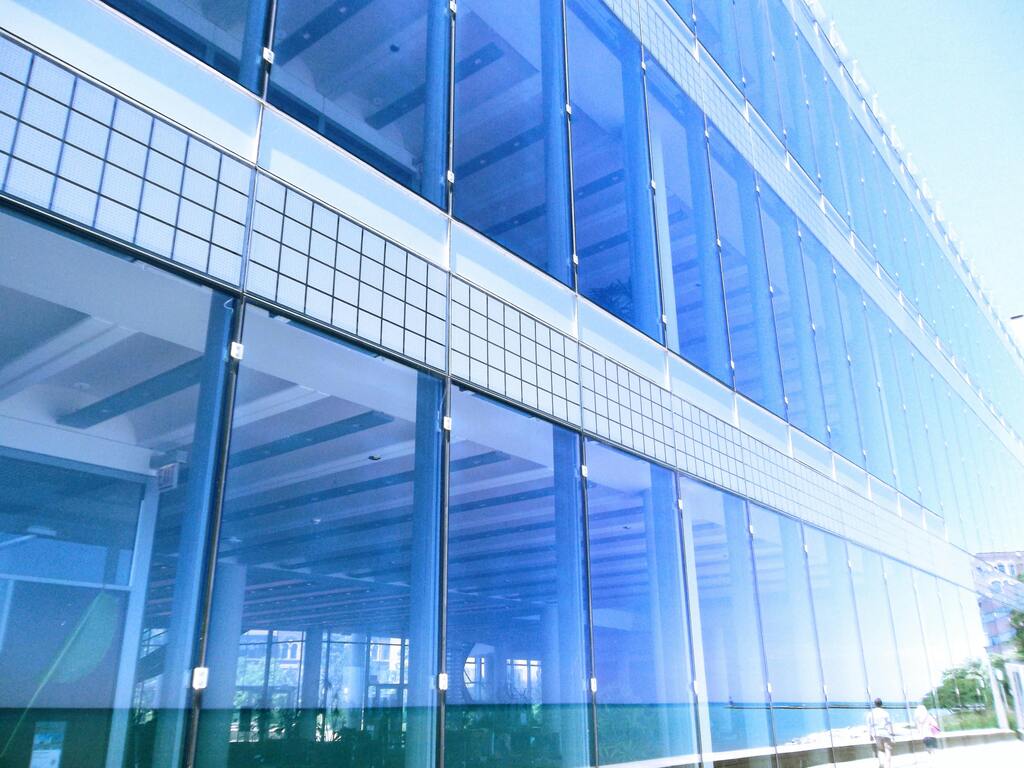Glass is a critical material in modern architecture, especially when it comes to windows. From residential homes to towering skyscrapers, glass provides natural light, insulation, and aesthetic value. But have you ever wondered how glass for windows is actually made? In this article, we’ll break down the entire glass manufacturing process, from raw materials to the smooth, clear panes you see installed in buildings around the world.

The process of making glass starts with selecting the right raw materials. The most common ingredients include:
Silica sand (silicon dioxide) – the primary component.
Soda ash (sodium carbonate) – reduces the melting temperature.
Limestone (calcium carbonate) – improves durability.
Alumina, dolomite, and other additives – enhance specific properties such as strength, resistance to chemical corrosion, or color.
These raw materials are carefully measured and mixed to ensure the correct chemical composition for window glass.
The mixture is fed into a furnace and heated to temperatures exceeding 1,500°C (2,732°F). At this stage, the materials melt and chemically react to form a molten glass mixture. The furnace must maintain a consistent temperature to ensure uniformity and quality.
For most window glass, the float glass process is used. This method was developed in the mid-20th century and revolutionized glass production.
Here’s how it works:
The molten glass is poured onto a bath of molten tin.
Because glass is lighter than tin, it "floats" on the surface, spreading out evenly and forming a perfectly flat sheet.
As the glass flows along the tin bath, it gradually cools down and becomes solid enough to move onto the next stage.
This process produces extremely smooth and uniform glass, ideal for windows and mirrors.
After forming, the glass must be slowly cooled in a controlled environment called a lehr. This stage, known as annealing, helps relieve internal stresses that could cause the glass to crack or shatter later.
If the glass is cooled too quickly, it may develop internal tension, making it unstable. Proper annealing ensures the final product is strong and stable for long-term use.
Once the glass sheet has cooled and hardened, it is cut into desired sizes using diamond-tipped tools or lasers. Depending on the intended use, it may also undergo additional treatments such as:
Tempering – heating and rapidly cooling the glass to make it stronger and more impact-resistant.
Laminating – bonding two sheets of glass with a plastic interlayer for safety and sound insulation.
Coating – applying thin layers of metal or chemicals to improve energy efficiency, reduce glare, or enhance UV protection.
Before the glass is shipped or installed, it undergoes rigorous quality checks. Manufacturers look for any imperfections like bubbles, scratches, or uneven thickness. Only glass that meets strict standards moves on to packaging and distribution.

The process of making glass for windows is a fascinating combination of science, technology, and precision. What starts as ordinary sand and minerals becomes a transparent, functional, and beautiful material that defines modern architecture. Whether it's in your home or office, that clear pane you look through every day has gone through a complex and carefully controlled journey.